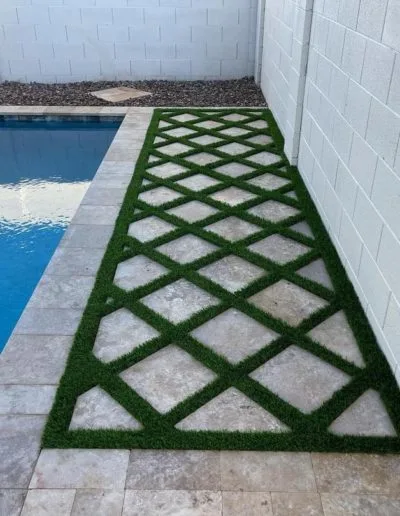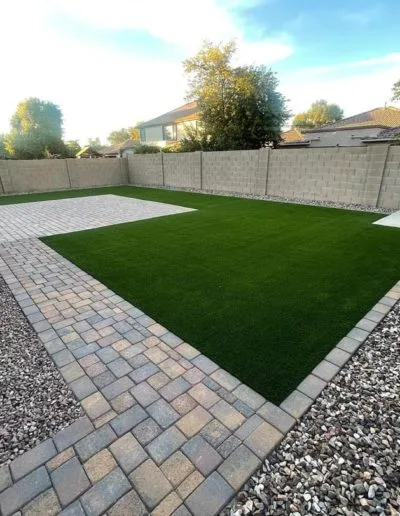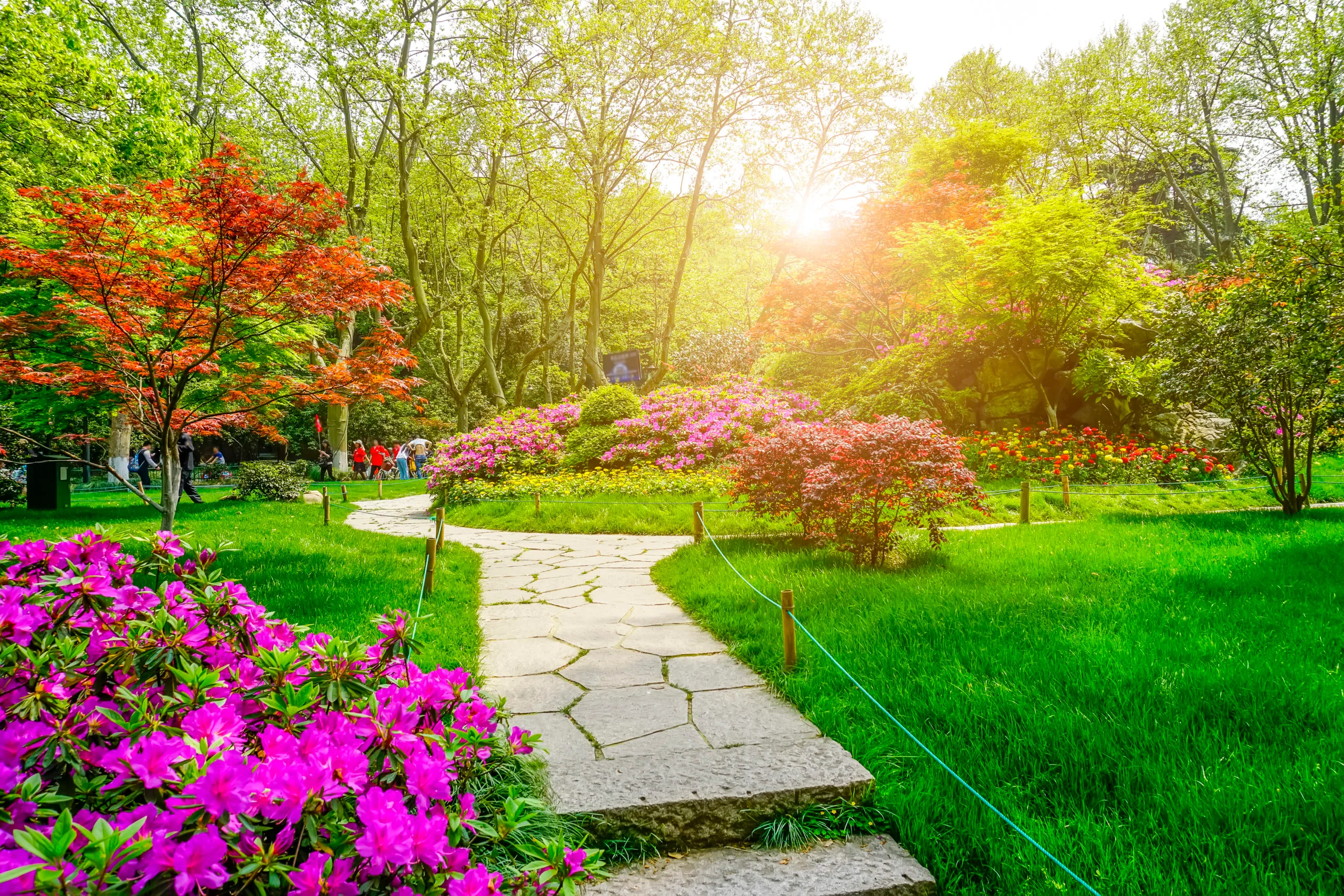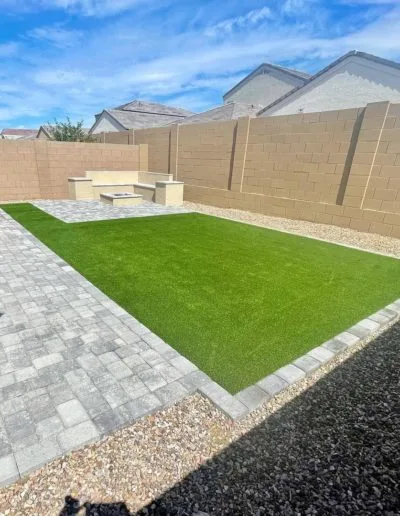Introduction
Creating a stunning and low-maintenance landscape for your outdoor space is a dream that many homeowners share. A well-planned landscape gives a tranquil setting for leisure in addition to enhancing the visual attractiveness of your property. In this article, we will explore the essential steps to design a low-maintenance landscape that is both visually appealing and requires minimal upkeep.

Understanding Low-Maintenance Landscaping
What is Low-Maintenance Landscaping?
Low-maintenance landscaping involves designing an outdoor space that minimizes the need for constant upkeep and care. It focuses on using plants, materials, and layouts that naturally require less attention, making it ideal for busy individuals or those with limited gardening experience.
Benefits of Low-Maintenance Landscaping
Creating a low-maintenance landscape offers numerous benefits, including:
– **Time Efficiency:** Spend less time on maintenance and more time enjoying your outdoor space.
– **Cost Savings:** Reduce expenses related to water, fertilizers, and gardening tools.
– **Environmental Impact:** Decrease water usage and promote sustainable landscaping practices.
Design Principles for a Low-Maintenance Landscape
- Strategic Plant Selection
Choose native plants that thrive in your region’s climate and soil conditions. Native plants are well-adapted to the environment and require less water and maintenance. - Grouping and Layering
Arrange plants in groups based on their water and sunlight needs. Layering different plant heights creates visual interest while reducing the need for constant pruning. - Mulching
Apply an organic mulch layer around plants to keep moisture in, control weeds, and enhance soil quality. Mulching reduces the frequency of watering and weeding.
- Hardscaping Elements
Incorporate hardscaping features such as gravel paths, decorative stones, and patios. These elements add structure to the landscape and require minimal upkeep.



Creating a Low-Maintenance Plant Palette
- Drought-Tolerant Plants
Select plants like succulents, lavender, and yarrow that thrive in dry conditions and require little watering.
- Evergreen Shrubs
Include evergreen shrubs like boxwood and juniper for year-round foliage and minimal pruning needs.
- Perennials
Choose perennial flowers such as coneflowers and daylilies that return each year, reducing the need for replanting.
Maintaining Your Low-Maintenance Landscape
- Regular Inspections
Perform routine checks for signs of pests, diseases, and other issues. Early detection prevents major problems.
- Pruning and Trimming
While low-maintenance, some plants still require occasional pruning for shape and health.
- Seasonal Adjustments
Make minor adjustments to your landscape as seasons change. This keeps the space looking fresh and well-maintained.

Conclusion
Designing a low-maintenance landscape doesn’t mean compromising on beauty or aesthetics. By strategically selecting plants, incorporating hardscaping elements, and following efficient design principles, you can create an outdoor oasis that requires minimal upkeep. Embrace the benefits of a low-maintenance landscape and enjoy more time relaxing in your beautiful outdoor space.
